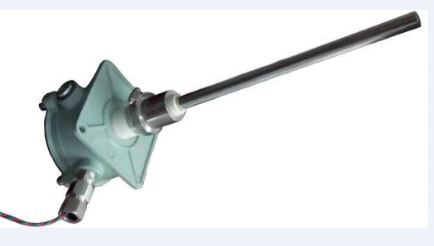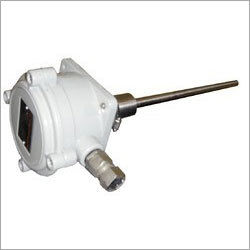
Broken Filter Bag Detector PM-251
Product Details:
- Color Grey
- Temperature 300 Celsius (oC)
- Port Size 3/4" NPT
- Dimension (L*W*H) 120X120 Millimeter (mm)
- Power Supply 110-230 V AC, 50 Hz or 24 V DC
- Application Stack gas application
- Humidity 95% Rh non condensing type
- Click to View more
Broken Filter Bag Detector PM-251 Price And Quantity
- 30000.00 - 70000.00 INR/Piece
- 45000.0 INR/Piece
- 1 Kilogram
Broken Filter Bag Detector PM-251 Product Specifications
- IIA, IIB
- Flameproof
- 1000 mg/m3
- 24 V DC Volt (v)
- 95% Rh non condensing type
- Insitu
- 3/4" NPT
- 120X120 Millimeter (mm)
- 110-230 V AC, 50 Hz or 24 V DC
- Stack gas application
- Grey
- 2 Kilograms (kg)
- 300 Celsius (oC)
Broken Filter Bag Detector PM-251 Trade Information
- Telegraphic Transfer (T/T)
- 10 Kilogram Per Month
- 3 Week
- Yes
- Cardboard/Cartons
- Asia Eastern Europe Western Europe Middle East Africa
- All India
- CE , CMRI
Product Description
Broken Filter Bag Detector PM-251 is widely used in different applications where detection and management of dust levels is important. It is used to ensure complete safety, proper maintenance and high efficacy of plant. This dependable and economical device is used to detect leakage and filter failures in bulk solids industries. It comes with modern LED visual indication along with a relay output to get the most out of its user-friendly design. It has adjustable damping system to enhance the response time and ensure false alarms. In addition to this, it is a trustworthy Flow / No-flow detector ideal for process flow applications to monitor flow disruptions of dry solids in pneumatic conveying applications. This timely-tested device precisely measures the tribo-electric effect as well as calculates the particle emissions activity when exceeded the acceptable levels.


